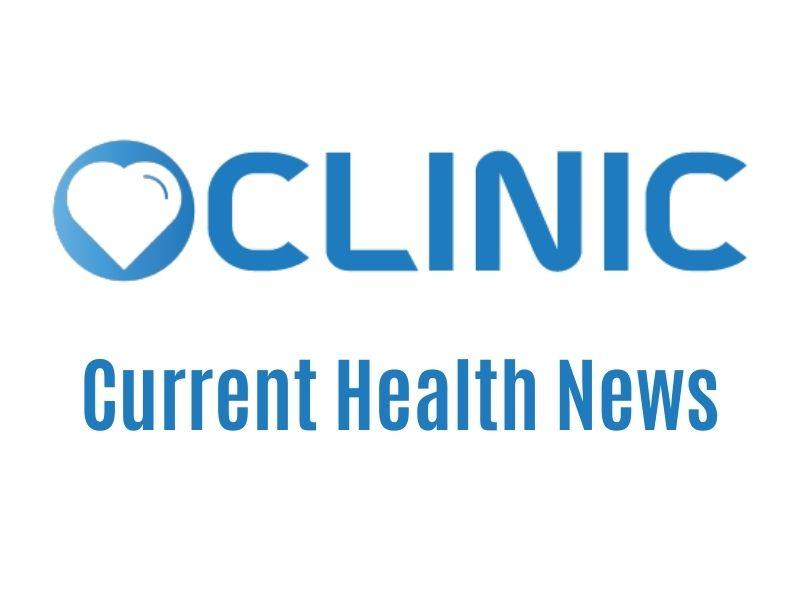Involuntary movement disorders are diseases that develop as a result of genetic, congenital or acquired disorders of the extrapyramidal system. While these disorders can have a stable and good course, they can also be progressive and degenerative, as in Parkinson’s disease. Neurology clinics are the places where patients receive their first diagnosis and treatment. Surgical treatment usually comes to the fore when medical treatment is insufficient in the middle or advanced stage of the disease; and in this period, patients are referred to neurosurgery departments working in this field. Surgical treatment methods can be more or less effective in almost all types of involuntary movement disorders, especially in Parkinson’s Disease and tremor (tremor). However, it is very important for the results to be prepared for surgery by evaluating each patient individually.
Parkinson’s disease and other movement disorders were incurable diseases until the 1950s. The first effective and low-risk surgical approaches in the treatment of these diseases started in the years when stereotactic neurosurgery was developed. After this period, Parkinson’s disease and other movement disorders were treated as medical as well as surgical diseases. In the period between 1940-1970, surgical methods such as stereotactic thalamotomy, campotomy and pallidotomy were applied effectively in approximately 40 000 patients all over the world. In this period, there is no drug treatment for such diseases; and it is worth emphasizing that only surgical treatment is applied.
In line with the developments in the world, surgical treatment of Parkinson’s disease in Turkey begins in some clinics in Istanbul, Ankara and Izmir in the early 1960s. Therefore, effective surgical treatment of Parkinson’s disease is not a new method in Turkey; It has been successfully applied in some clinics for over 45 years. The discovery of levo-dopa in 1968 led to a temporary reduction in the surgical treatment of Parkinson’s disease. However, the emergence of an important group of patients who could not find adequate treatment with drugs and medical treatment methods over time has made surgical treatment methods frequently used again; This led to further technical development of these methods.
In the treatment of Parkinson’s disease, there are two main groups of stereotactic surgical methods applied to deep brain structures such as the subthalamic nucleus, thalamus and pallidum: these are (1) thalamotomy, pallidotomy with radiofrequency in centers that cause movement disorders, as in pallidotomy. lesion (destruction) and (2) neurostimulation-based applications. Each of these methods can be used in appropriate patient groups. The biggest development in Parkinson’s disease and movement disorder surgery in the last 10 years has been experienced with neurostimulator applications, popularly known as “brain battery”. Neurostimulation methods are being used in more and more patients for reasons such as no permanent lesion formation, adjustable effect and bilateral (bilateral) application. However, lesion-based applications such as thalamotomy, campotomy and pallidotomy still have a place in selected patient groups. Surgical and medical treatment methods used in Parkinson’s disease do not completely stop the progression of the disease and there is no known curative and definitive treatment method for the disease. These treatments provide symptomatic (find-oriented) control in patients; however, this control may provide long-term relief in patients.
The success rate in the treatment of Parkinson’s disease and movement disorders depends on the correct indication and good results can only be obtained with a teamwork of neurology and neurosurgery (brain surgery) departments. Neurologists play a critical and very important role in the surgical treatment as well as in the diagnosis and medical treatment of the disease. Surgical treatment comes to the fore in the middle or advanced stage of the disease. For this reason, the neurologist following the patient should evaluate the period when the patient should be referred for surgical treatment. In order for this evaluation to be done well, both the Turkish Neurological Association and the Parkinson’s Disease Association have made great efforts in the last 10 years for the education of their members.
Neurology specialists working on movement disorders and Parkinson’s disease have a great contribution in making the surgical decision, in the pre-operative and post-operative evaluation of patients. In our practice, all surgical candidates are evaluated in a monthly movement disorder council attended by neurology and neurosurgery specialists. Pre-operative and post-operative evaluation (scoring, video recording, etc.) of the patients is performed by a single neurology specialist. We think that this is of great value in terms of surgical success and follow-up and may serve as a model in other centers where the application is made.
Surgical treatment of Parkinson’s disease and other movement disorders is routinely and frequently performed in some university hospitals and some private hospitals in Turkey, mainly in Ankara, Istanbul and Izmir. Since this type of surgery requires a special surgical experience and technical infrastructure, the number of these centers is not high. The biggest problem in neurostimulation application is that neurostimulators are high cost medical supplies. The costs of these materials can be fully or partially paid by public health payment institutions such as SGK, Emekli Sandigi, SSK and Bağkur, as a result of the preparation of appropriate official board reports. This can significantly reduce treatment costs. However, covering the costs of neurostimulators by official institutions or insurance institutions is a problematic situation all over the world, as it is in Turkey; vary in relation to the fiscal policy, period and wealth of the countries.
In conclusion, surgical treatment methods are highly effective and low-risk applications in Parkinson’s disease and other movement disorders when performed in experienced centers. The success rate in the treatment depends on the joint work of neurology and neurosurgery departments, which are specialized in this field; The biggest challenge in the surgical treatment of Parkinson’s patients is the absence of an easily applicable and serious protocol, especially for the payment of neurostimulators by official institutions.
Prof. Dr. Ali Savaş
Ankara University Faculty of Medicine
Department of Neurosurgery

